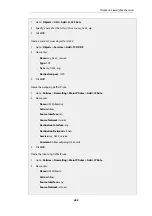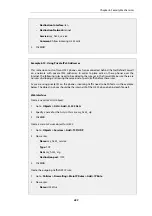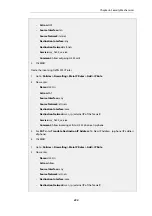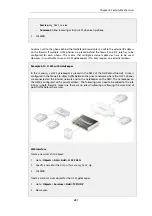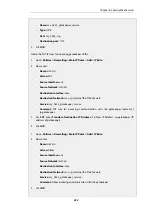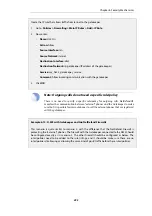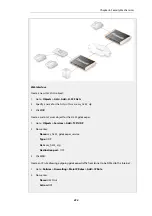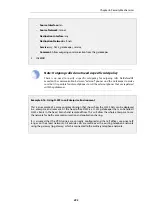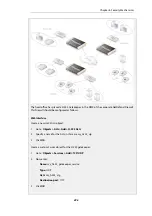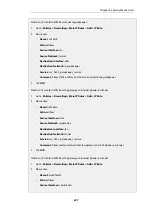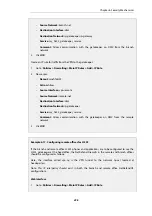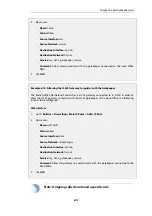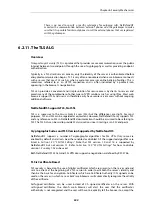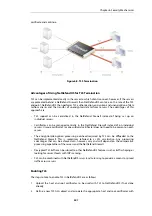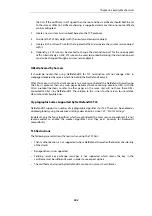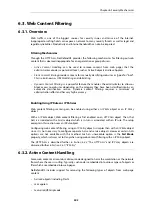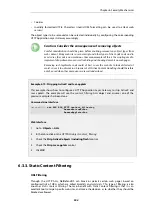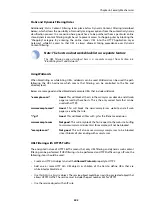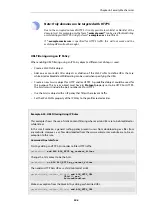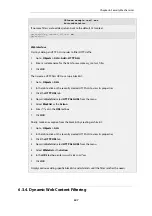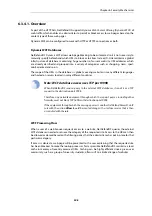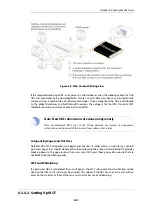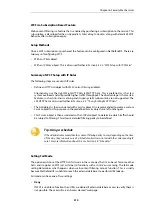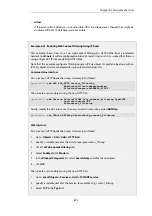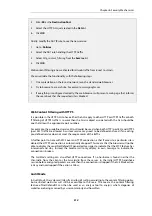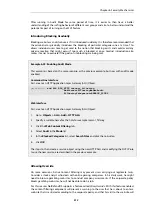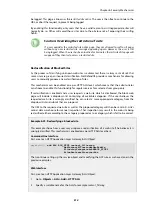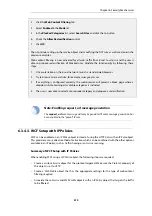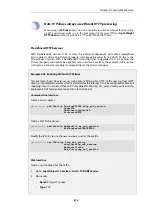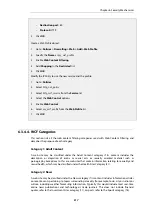
the ALG. If the certificate is self-signed then the root and host certificate should both be set
to the same certificate. Certificate chaining is supported and more than one root certificate
can be configured.
3.
Create a new custom
Service
object based on the TCP protocol.
4.
Associate the TLS ALG object with the newly created service object.
5.
Create a
NAT
or
Allow
IP rule for the targeted traffic and associate the custom service object
with it.
6.
Optionally, a
SAT
rule can be created to change the destination port for the unencrypted
traffic. Alternatively an
SLB_SAT
rule can be used to do load balancing (the destination port
can also be changed through a custom service object).
URLs Delivered by Servers
It should be noted that using NetDefendOS for TLS termination will not change URLs in
webpages delivered by servers which lie behind the NetDefend Firewall.
What this means is that if a client connects to a web server behind the NetDefend Firewall using
the
https://
protocol then any web pages delivered back containing absolute URLs with the
http://
protocol (perhaps to refer to other pages on the same site) will not have these URLs
converted to
https://
by NetDefendOS. The solution to this issue is for the servers to use relative
URLs instead of absolute ones.
Cryptographic Suites Supported by NetDefendOS TLS
NetDefendOS supports a number of cryptographic algorithms for TLS. These can be enabled or
disabled globally using the advanced settings described in
Section 13.9, “SSL/TLS Settings”
.
By default, only the four algorithms which are considered the most secure are enabled. It is not
recommended to enable the weaker algorithms and they exist primarily for backwards
compatibility.
TLS Restrictions
The following are restrictions that exist when using the TLS ALG:
•
Client authentication is not supported (where NetDefend Firewall authenticates the identity
of the client).
•
Renegotiation is not supported.
•
Sending server key exchange messages is not supported which means the key in the
certificate must be sufficiently weak in order to use export ciphers.
•
The certificate chain used by NetDefendOS can contain at most 2 certificates.
Chapter 6: Security Mechanisms
502
Summary of Contents for NetDefendOS
Page 30: ...Figure 1 3 Packet Flow Schematic Part III Chapter 1 NetDefendOS Overview 30 ...
Page 32: ...Chapter 1 NetDefendOS Overview 32 ...
Page 144: ...Chapter 2 Management and Maintenance 144 ...
Page 284: ...Chapter 3 Fundamentals 284 ...
Page 392: ...Chapter 4 Routing 392 ...
Page 419: ... Host 2001 DB8 1 MAC 00 90 12 13 14 15 5 Click OK Chapter 5 DHCP Services 419 ...
Page 420: ...Chapter 5 DHCP Services 420 ...
Page 573: ...Chapter 6 Security Mechanisms 573 ...
Page 607: ...Chapter 7 Address Translation 607 ...
Page 666: ...Chapter 8 User Authentication 666 ...
Page 775: ...Chapter 9 VPN 775 ...
Page 819: ...Chapter 10 Traffic Management 819 ...
Page 842: ...Chapter 11 High Availability 842 ...
Page 866: ...Default Enabled Chapter 13 Advanced Settings 866 ...
Page 879: ...Chapter 13 Advanced Settings 879 ...

